Introduction: How to Maintain and Tune Your Bicycle for Optimal Performance
Bicycling is a popular activity, whether for commuting, exercise, or leisure. However, like any machine, bicycles require regular maintenance to perform optimally. Regular maintenance and tune-up can help prevent costly repairs and extend the life of your bike.
Whether you are a newbie or a seasoned cyclist, it is essential to learn how to maintain and tune your bike. In this article, we will provide you with a comprehensive guide on how to maintain and tune your bicycle for optimal performance.
The Benefits of Regular Bike Maintenance and Tune-Up
Regular maintenance and tune-up of your bike come with several benefits, including:
- Improved performance and efficiency
- Increased safety
- Preventative maintenance saves money in the long run
- Extended bike lifespan
With these benefits in mind, let’s dive into the different aspects of maintaining and tuning your bike.

Why Regular Maintenance is Important
Regular maintenance is essential for keeping your bicycle in top condition. Proper maintenance can increase the longevity of your bike, improve its performance, and ensure your safety while riding.
Increased Longevity
Regular maintenance can help prevent wear and tear on your bike’s components, such as the chain, cassette, and brake pads. By keeping these parts in good condition, you can extend the life of your bike and avoid costly repairs or replacements down the road. Additionally, maintaining your bike can help prevent rust and corrosion, which can also contribute to a shorter lifespan.
Improved Performance
Maintaining your bike can also improve its performance. For example, keeping your chain clean and lubricated can help ensure smooth shifting and prevent unnecessary wear. Regularly checking and adjusting your brakes can improve stopping power and responsiveness. Tuning your bike’s suspension can also enhance its handling and comfort.
Safety
Perhaps most importantly, regular maintenance can ensure your safety while riding. A poorly maintained bike can be dangerous, with issues such as worn brake pads or loose handlebars increasing the risk of accidents. By keeping your bike in top condition, you can ride with confidence and minimize the risk of injury.
Overall, regular maintenance is a crucial aspect of owning and riding a bike. By taking care of your bike, you can increase its longevity, improve its performance, and ensure your safety on the road or trail.

Tools You’ll Need
Before you start maintaining and tuning your bicycle, you’ll need to gather some basic tools. Here’s a list of essential tools:
Basic Tools
These are the tools you’ll need to perform basic maintenance on your bicycle:
- Adjustable wrench
- Allen wrench set
- Screwdriver set
- Tire levers
- Patch kit
- Pump
If you’re a beginner, it’s recommended that you invest in a basic bike repair kit that includes most of these tools.
Optional Tools
These tools are not essential, but they can make maintaining and tuning your bicycle easier:
- Cable cutters
- Chain tool
- Crank puller
- Chain whip
- Bike stand
If you plan on doing more advanced maintenance, such as replacing your chain or cassette, you may want to invest in some of these optional tools.
| Tool | Function |
|---|---|
| Cable cutters | Used to cut cables cleanly |
| Chain tool | Used to remove and install bike chains |
| Crank puller | Used to remove the crank arms from the bottom bracket |
| Chain whip | Used to remove the cassette from the rear wheel |
| Bike stand | Used to hold your bike in place while you work on it |
Overall, having the right tools will make maintaining and tuning your bicycle much easier. With these tools, you’ll be able to keep your bike in top condition and enjoy optimal performance.
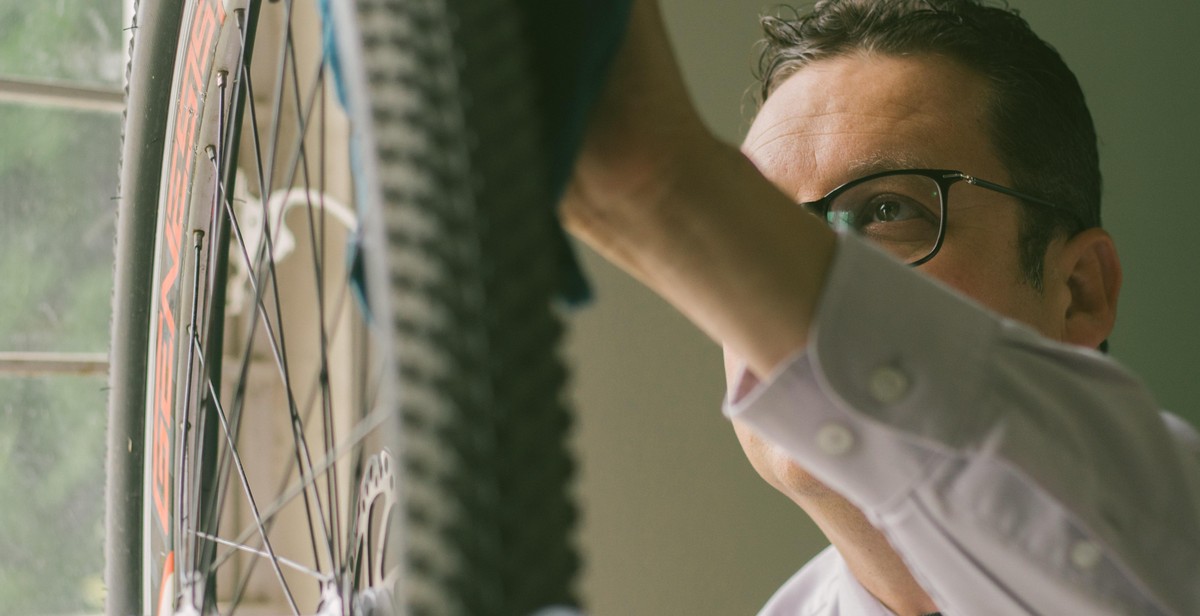
Cleaning Your Bicycle
Regular cleaning of your bicycle is essential for maintaining its optimal performance. A clean bike not only looks good but also performs better. Here’s how you can clean your bike:
Pre-Cleaning Check
Before you start cleaning your bike, perform a quick pre-cleaning check. Check the tires for any cuts, punctures, or embedded objects. Inspect the brake pads for wear and tear. Ensure that the chain is well lubricated and not too loose or tight. Check the derailleur and shifters for any signs of damage or malfunction.
Cleaning the Bike Frame
Start by cleaning the bike frame. Use a soft brush or sponge and a bucket of warm soapy water to clean the frame. Avoid using high-pressure water as it can damage the bearings and seals. Rinse the frame thoroughly and dry it with a clean towel.
Cleaning the Drivetrain
The drivetrain includes the chain, cassette, and derailleur. Use a degreaser and a brush to clean the drivetrain. Scrub the chain and cassette thoroughly to remove any dirt or grime. Rinse the drivetrain with water and dry it with a clean towel. Lubricate the chain after cleaning.
Cleaning the Brakes
Clean the brake calipers and pads with a soft brush or sponge and warm soapy water. Avoid getting any water or soap on the braking surface of the pads or rotors. Rinse the brakes thoroughly with water and dry them with a clean towel.
| Step | Task |
|---|---|
| 1 | Perform pre-cleaning check |
| 2 | Clean the bike frame |
| 3 | Clean the drivetrain |
| 4 | Clean the brakes |
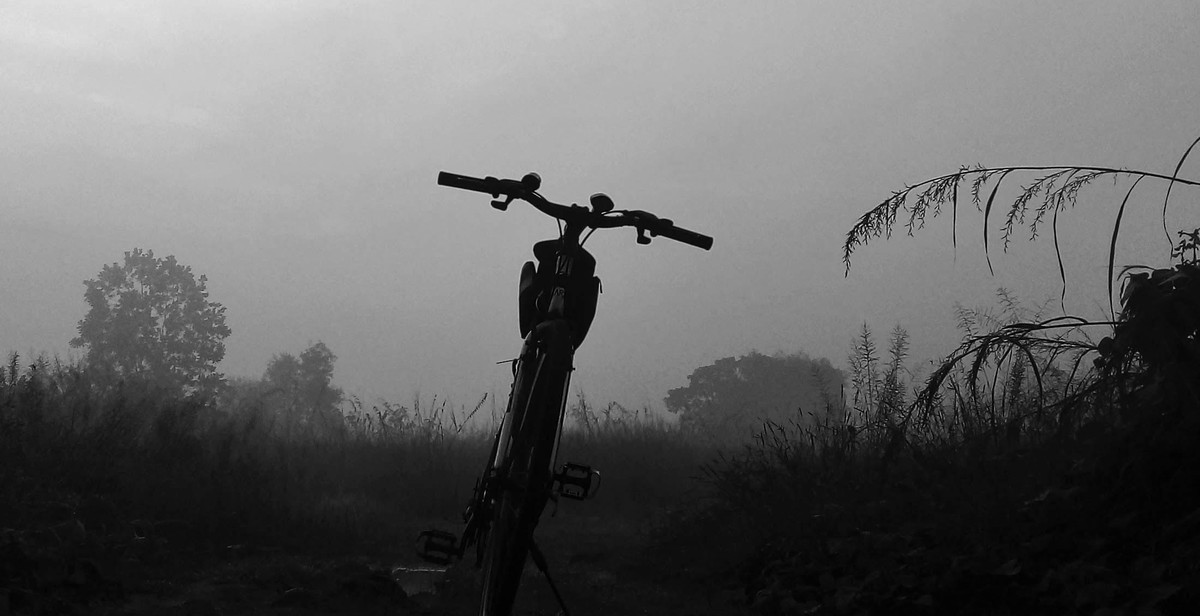
Inspecting Your Bicycle
Regularly inspecting your bicycle is important to ensure its optimal performance and safety. Here are some key areas to inspect:
Frame Inspection
Check your bicycle’s frame for any cracks, dents, or signs of damage. This is especially important if you have been involved in a crash or if your bike has been subjected to a lot of wear and tear. Use a flashlight to inspect hard-to-see areas. If you notice any issues, take your bike to a professional for repair.
Tire Inspection
Check the tire pressure and look for any cuts, punctures, or bulges in the tire. Check the tread depth to ensure it is not worn down. Replace any damaged or worn out tires immediately.
Brake Inspection
Check the brake pads for wear and tear. Make sure they are properly aligned and hitting the rim squarely. Check the brake cables for any fraying or damage. Adjust the brakes if necessary to ensure they are working properly.
Drivetrain Inspection
Check the chain for any signs of wear and tear. Look for any rust, stiff links, or excessive stretching. Check the gears and shifters to ensure they are working smoothly. Lubricate the chain and other moving parts regularly to keep them functioning properly.
| Inspection Area | What to Look For |
|---|---|
| Frame | Cracks, dents, or signs of damage |
| Tires | Cuts, punctures, bulges, and tread depth |
| Brakes | Wear and tear on brake pads and cables |
| Drivetrain | Chain wear and tear, smooth gear shifting |
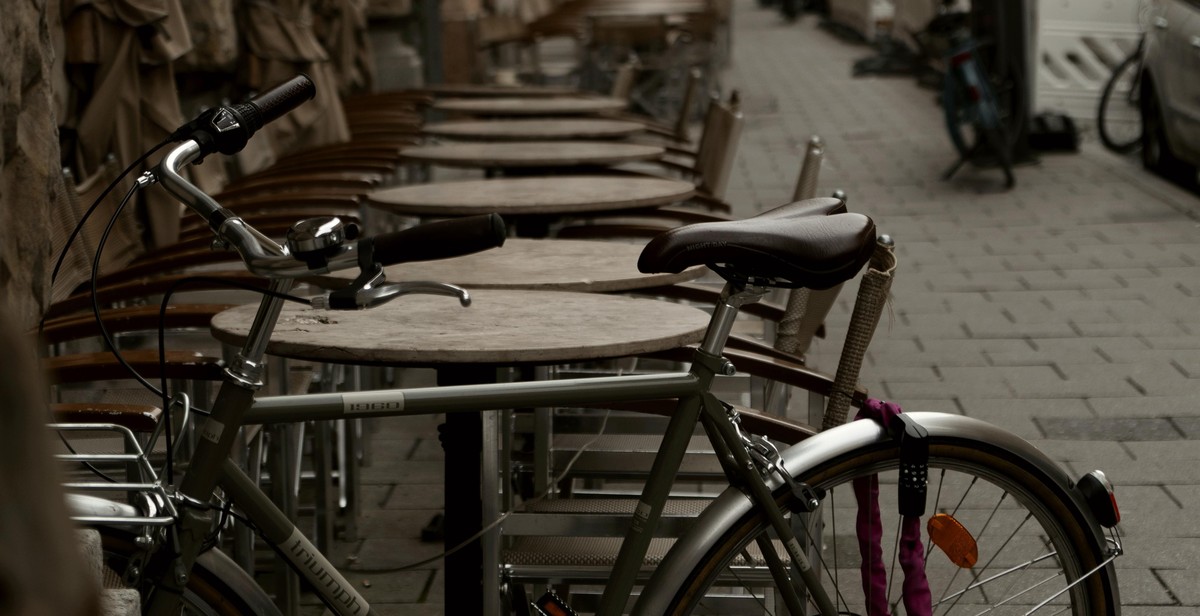
Adjusting Your Bicycle
Adjusting your bicycle is an essential part of maintaining and tuning it for optimal performance. Here are some tips on adjusting the key components of your bicycle:
Brake Adjustment
One of the most important aspects of your bicycle is the brakes. To adjust your brakes, follow these steps:
- Make sure the brake pads are aligned with the rim of the wheel.
- Check the brake cable tension and adjust if necessary.
- Test the brakes to ensure they are responsive and not too loose or too tight.
Gear Adjustment
Gears are what allow you to change the resistance on your bicycle and make it easier or harder to pedal. To adjust your gears, follow these steps:
- Shift through all gears to ensure they are functioning properly.
- Check the derailleur alignment and adjust if necessary.
- Ensure the chain is properly lubricated to prevent wear and tear.
Seat Adjustment
The seat is where you sit on your bicycle and can greatly affect your comfort and performance. To adjust your seat, follow these steps:
- Adjust the seat height so that your legs are almost fully extended when the pedal is at the bottom of its rotation.
- Adjust the seat tilt to ensure you are comfortable and not sliding forward or backward while riding.
Handlebar Adjustment
The handlebars are what you use to steer and control your bicycle. To adjust your handlebars, follow these steps:
- Adjust the handlebar height to ensure you are comfortable and in control while riding.
- Check the handlebar alignment and adjust if necessary.
- Ensure the handlebar grips are properly secured and not loose.
| Component | Adjustment |
|---|---|
| Brakes | Align brake pads, check cable tension, test responsiveness |
| Gears | Shift through all gears, check derailleur alignment, lubricate chain |
| Seat | Adjust height and tilt |
| Handlebars | Adjust height, check alignment, secure grips |
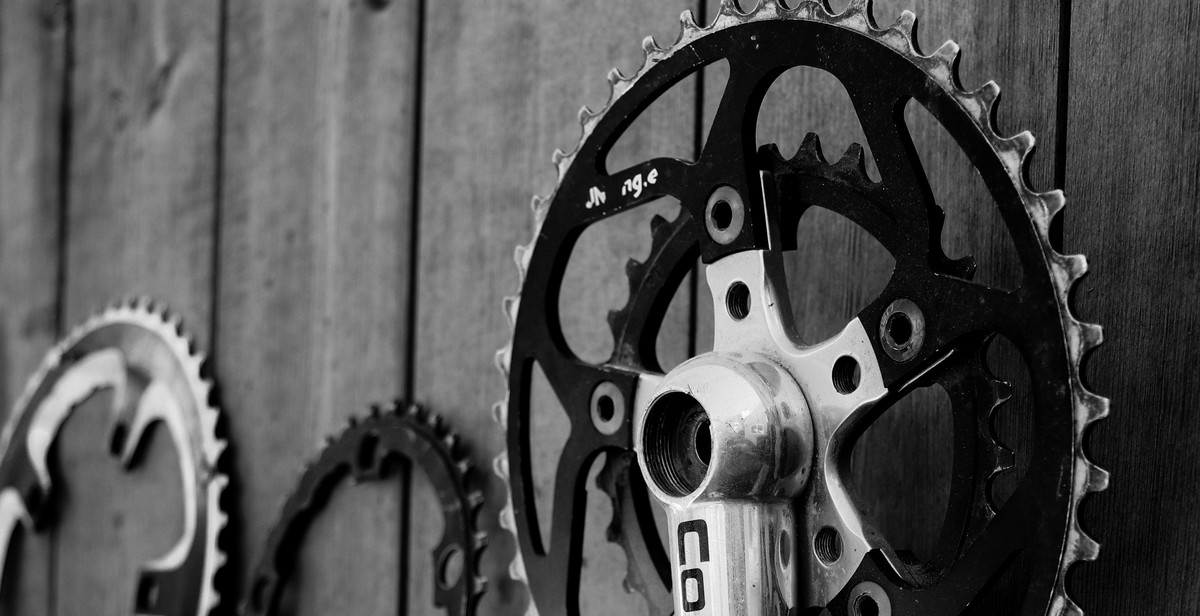
Replacing Parts
Chain Replacement
The chain is an essential component of any bicycle, and it’s crucial to replace it periodically to ensure optimal performance. A worn-out chain can cause gear shifting problems, which can damage other parts of the bike. It’s recommended to replace the chain every 1000-2000 miles or when the chain begins to stretch beyond its limits.
To replace the chain, you’ll need a chain tool to remove the old chain and install the new one. First, shift the bike into the smallest chainring and the smallest cog. Then, use the chain tool to break the chain and remove it from the bike. Install the new chain by threading it through the derailleur and cassette, then using the chain tool to connect the ends of the chain.
Tire Replacement
The tires on your bike are the only contact points with the ground, making them a critical component of your bike’s performance. Worn-out tires can lead to poor handling, reduced traction, and an increased risk of flats. It’s recommended to replace the tires every 2000-3000 miles or when the tread wears down to the wear indicator.
To replace the tires, first, remove the old tire from the wheel by deflating the tire and using tire levers to remove it from the rim. Then, install the new tire by placing one side of the tire onto the rim, then using your hands to work the other side of the tire onto the rim. Inflate the tire to the recommended pressure and check for any bulges or deformities.
Brake Pad Replacement
Brake pads are a critical component of your bike’s braking system, and it’s essential to replace them when they begin to wear down. Worn-out brake pads can lead to reduced stopping power and increased wear on the rims. It’s recommended to replace the brake pads when the rubber wears down to 1mm or less.
To replace the brake pads, first, remove the old brake pads by loosening the retention bolt. Then, install the new brake pads by aligning them with the rim and tightening the retention bolt. Adjust the brake cable tension if necessary and test the brakes before riding.
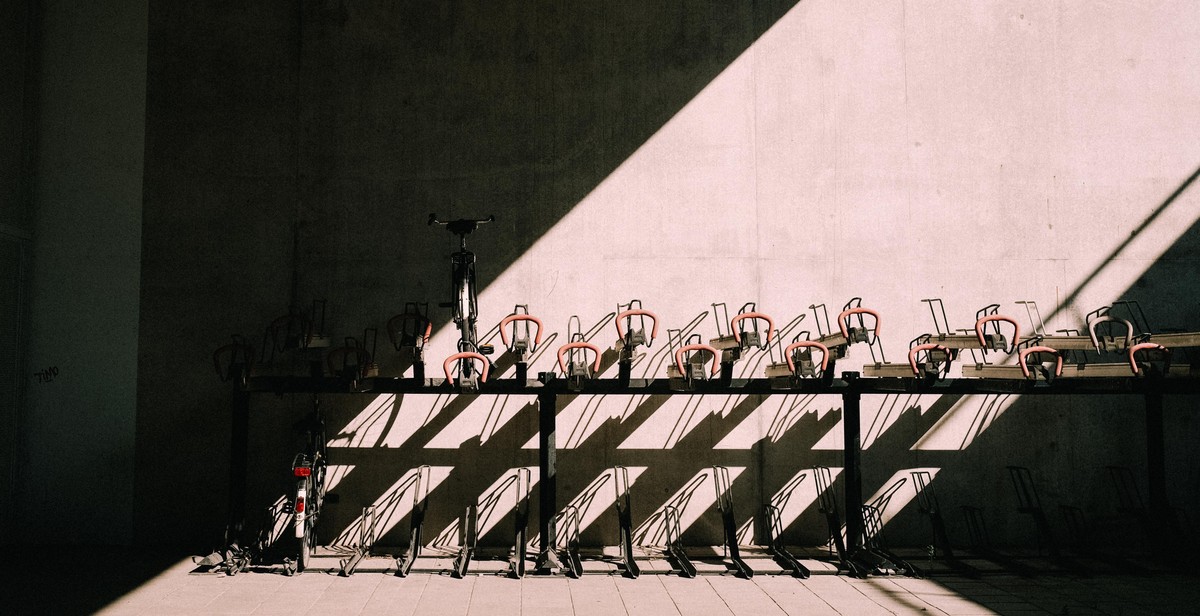
Conclusion
Proper maintenance and tuning of your bicycle are essential to ensure optimal performance and longevity. By following the tips and guidelines discussed in this article, you can keep your bike in top shape and enjoy a smooth and safe ride every time.
Regular maintenance
Regular maintenance tasks such as cleaning, lubricating, and inspecting your bike’s components can help prevent wear and tear, rust, and other damage. By doing so, you can extend the life of your bike and minimize the need for costly repairs.
Tuning your bike
Tuning your bike involves adjusting the brakes, gears, and other components to ensure they are working properly. This can significantly improve your bike’s performance and make your ride more comfortable and enjoyable.
Professional help
If you are unsure about how to maintain or tune your bike, seek the help of a professional. They can provide expert advice and handle more complex repairs that require specialized tools and knowledge.
Final thoughts
Remember, your bike is an investment, and taking care of it will pay off in the long run. By following the tips and guidelines in this article, you can keep your bike in great shape and enjoy a safe and smooth ride for years to come.
| Key takeaways: |
|
